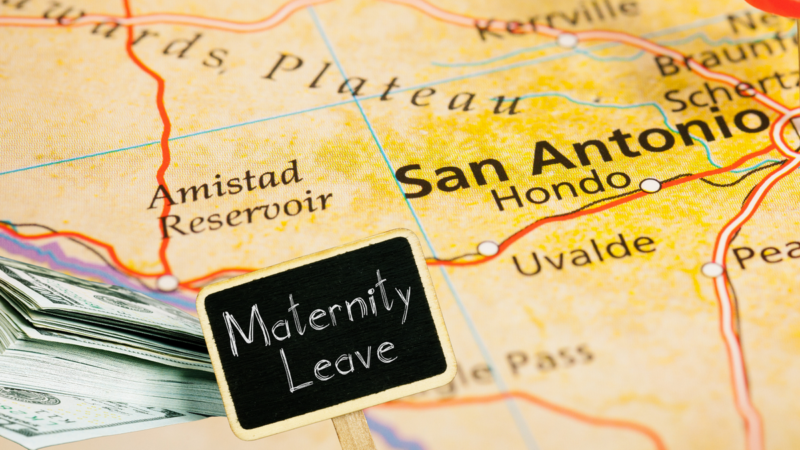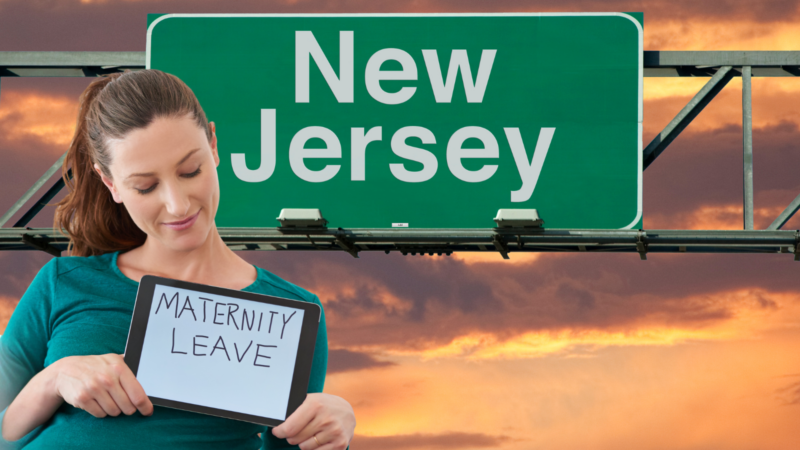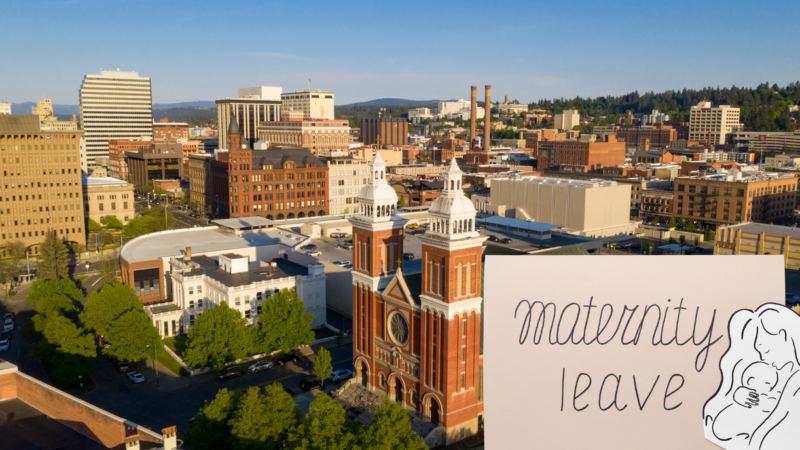Let’s face it: The United States isn’t exactly a shining star when it comes to supporting new parents. Ranking dead last among 36 countries in the Organization for Economic Co-operation and Development for how it treats new parents, the US leaves a lot to be desired.
While federal law only mandates a measly 12 weeks of unpaid leave, a few states have stepped up to offer something better. Here’s a look at the top eight states that actually provide paid maternity leave.
1. California

California often leads the way in progressive policies, and maternity leave is no exception. The New Parent Leave Act, effective since 2019, allows new parents working at companies with at least 20 employees to take up to 12 weeks of leave.
While job protection isn’t guaranteed, both part-time and full-time employees can benefit from this rule. It’s not perfect, but it’s a solid step in the right direction.
2. Connecticut

In Connecticut, the Connecticut Family and Medical Leave Act (CTFMLA) ensures that pregnant and adoptive employees can take up to 12 weeks of paid leave within a calendar year.
This policy includes an additional two weeks for health conditions causing incapacitation during pregnancy. Employees need to have been employed for at least 12 months and worked a minimum of 1,000 hours. Since 2022, this has been a lifesaver for many families.
3. Massachusetts

Massachusetts jumped on the paid family leave bandwagon in 2019 with the Massachusetts Paid Family and Medical Leave Act (MA PFML). This law provides up to 12 weeks of paid leave for employees at companies contributing to the unemployment insurance fund.
Even if you work in another state but commute to Massachusetts, you’re eligible. It’s a win for those who live near state borders.
4. New Jersey

New Jersey’s Family Leave Act offers up to 12 weeks of partially paid parental leave. Additionally, there’s a total of 24 weeks of job protection available. It’s a balanced approach, combining financial support with job security.
5. New York

New York began mandating paid family leave in 2018, starting with eight weeks and increasing to 12 weeks by 2021. The phased approach has allowed employers to adjust gradually while providing families with much-needed support.
6. Oregon

Oregon’s maternity leave law, signed in 2019, is unique in that it offers 100 percent wage replacement for all employees, regardless of immigration status, as long as they earn at least $1,000 in a calendar year. This inclusive approach sets a high standard for other states to follow.
7. Rhode Island

Rhode Island’s Parental and Family Medical Leave Act provides up to 13 weeks of leave over two calendar years for serious health conditions, including pregnancy. It’s one of the more generous policies in terms of duration.
8. Washington

Starting in January 2020, Washington employees can apply for paid family and medical leave benefits, which allow up to 12 weeks of paid leave per year. The policy provides a balanced approach, offering both financial support and job protection.
States with Unpaid Maternity Leave
Not all states are on board with paid maternity leave. However, some states do offer unpaid leave, which at least provides job protection during this crucial period.
- Hawaii: Offers up to four weeks of unpaid family leave annually.
- Iowa: Requires companies with four or more employees to provide unpaid leave.
- Kentucky: Provides six weeks of unpaid leave for birth or adoption.
- Louisiana: Offers six weeks of unpaid leave for companies with 25+ employees and 4+ months for pregnancy-related disabilities.
- Maine: Requires companies with 15+ employees to provide ten weeks of unpaid leave every two years.
- Maryland: Companies with 15–49 employees must offer ten weeks of unpaid parental leave.
- Minnesota: Requires companies with at least 21 employees to provide 12 weeks of unpaid leave within a year of birth or adoption.
- Montana: Provides “reasonable leave of absence for pregnancy” or six weeks, plus up to 15 days for paternal and adoptive leave.
- New Hampshire: Companies with six or more employees must provide unpaid leave, with no specific time limit.
- North Dakota: State employees can take up to 12 weeks of unpaid leave within a year.
- South Dakota: Similar to North Dakota, state employees get up to 12 weeks of unpaid leave.
- Tennessee: Offers four months of unpaid leave, with paid leave at the employer’s discretion.
- Vermont: Requires companies with ten or more employees to provide 12 weeks of unpaid leave annually.
- West Virginia: Companies with 12+ employees must offer time off to pregnant employees who have been with the company for over 12 weeks.
- Wisconsin: Companies with 50+ employees must provide six weeks for birth or adoption, plus two additional weeks for family care.
- Wyoming: Leave policies, paid or unpaid, are left to the employer’s discretion.
- District of Columbia: Up to eight weeks of unpaid leave for birth or adoption.
- Puerto Rico: Private company employees can get up to 12 weeks of unpaid leave when medically necessary, generally divided into four weeks pre-birth and four weeks post-birth.
Final Words
The US has a long way to go when it comes to supporting new parents. While federal law provides some basic protections, it’s the individual states that are making real strides in offering paid maternity leave.
If you’re planning to start or expand your family, living in one of these forward-thinking states could make a significant difference. Hopefully, as more states see the benefits of paid maternity leave, we’ll see a shift towards more comprehensive and supportive policies across the country. Until then, it’s up to the pioneers to lead the way.

